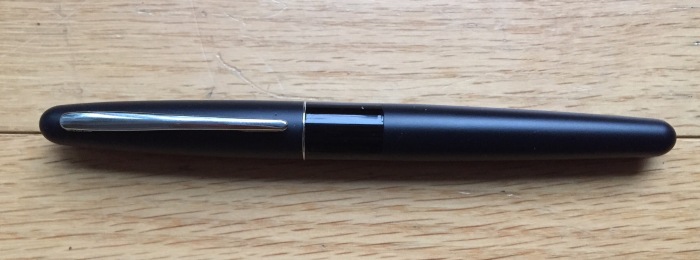The large Moleskine is one of the most ubiquitous journaling notebooks out there. It’s the model for other companies’ clones, some of which excel the Moleskine in some way or another. However, the Moleskine is an excellent product in its own right.
Less expensive or similarly priced notebooks get several things wrong. For one, other brands don’t know to lower the contrast between paper, ruled lines, and a person’s eventual writing–Moleskine uses ivory colored paper and narrowly spaced, gray lines, which makes looking at a page easier on the eyes.
Another feature of the Moleskine is how consistently well made they are. Moleskines do not tend to fall apart even with careless use, like being tossed in backpacks or being dropped. I’ve had a Leuchtterm notebook, which is made in Germany, start falling apart on me in many places at once. The Moleskines are better built than they’re given credit for.
The Moleskine paper is frequently criticized but it’s decent paper. The Moleskine is not a fountain pen notebook and too many people knockoff points when they find their inks bleeding to the other side of a page. It’s simply the wrong notebook for that use.
A less commonly remarked feature is its size. The Moleskine notebook is narrower than other notebooks, which makes it more convenient for carrying in some women’s handbags. I think the slimness adds to its appeal.
Of course the Moleskine comes in many interesting colors, including my favorites: orchard yellow and red. A color other than black makes it easier to find in a cluttered work space.
Once again, there are Moleskine clones out there that improve on the Moleskine, for a price. My favorite is the Rhodia Webnotebook but I’ve never seen this for less than 19 dollars and the Moleskine frequently goes for about 11 dollars on sale at Amazon. Both are good notebooks, but if money is concern, then the Moleskine shines. It’s style at an affordable price.

